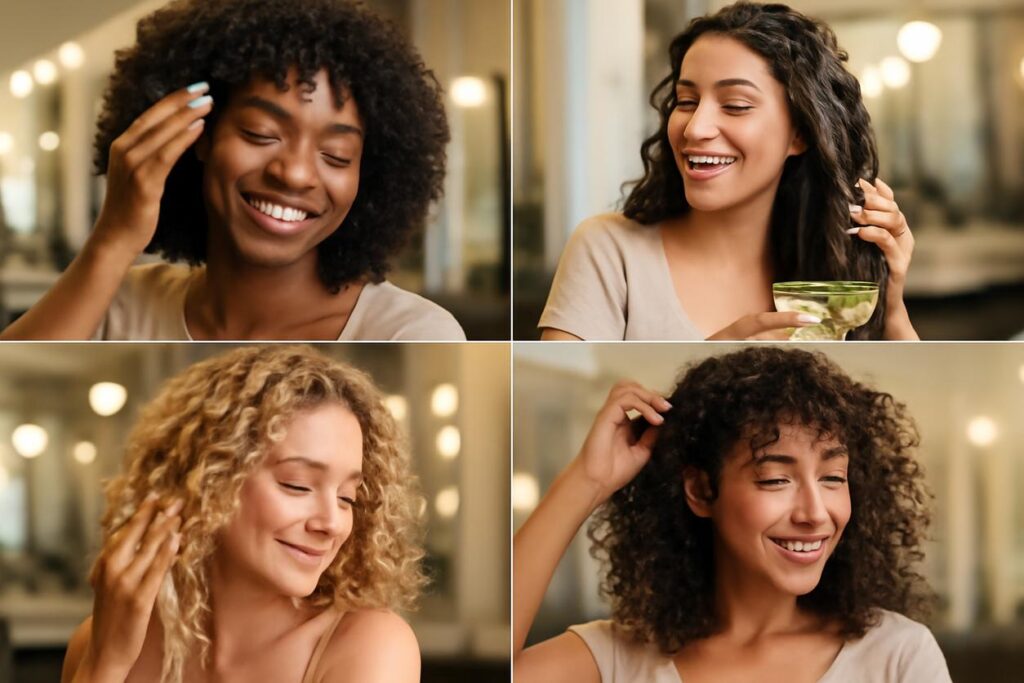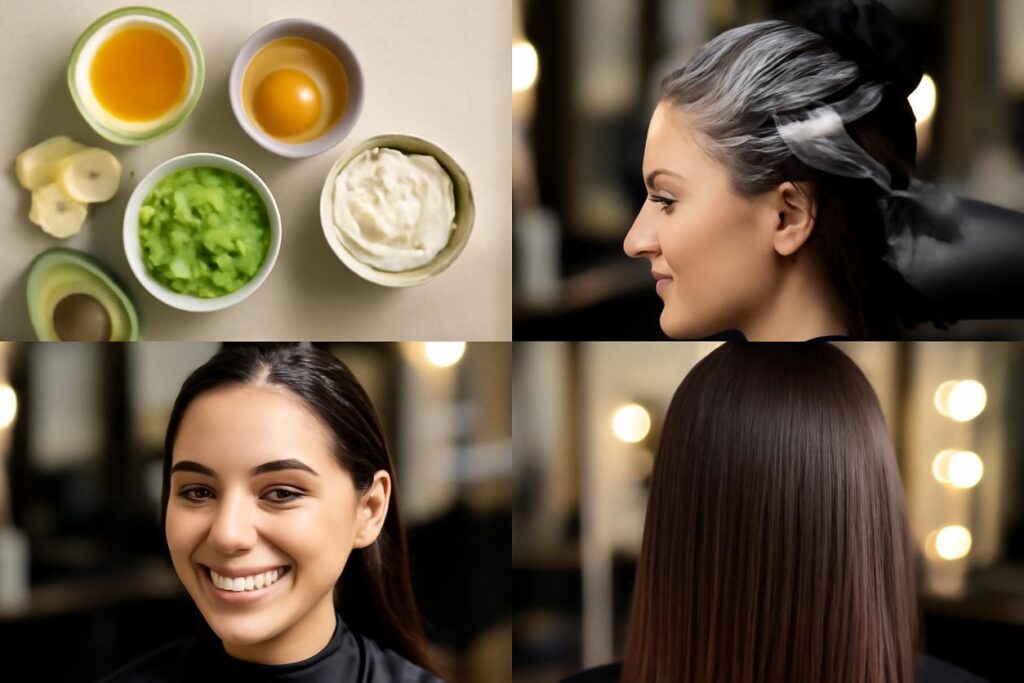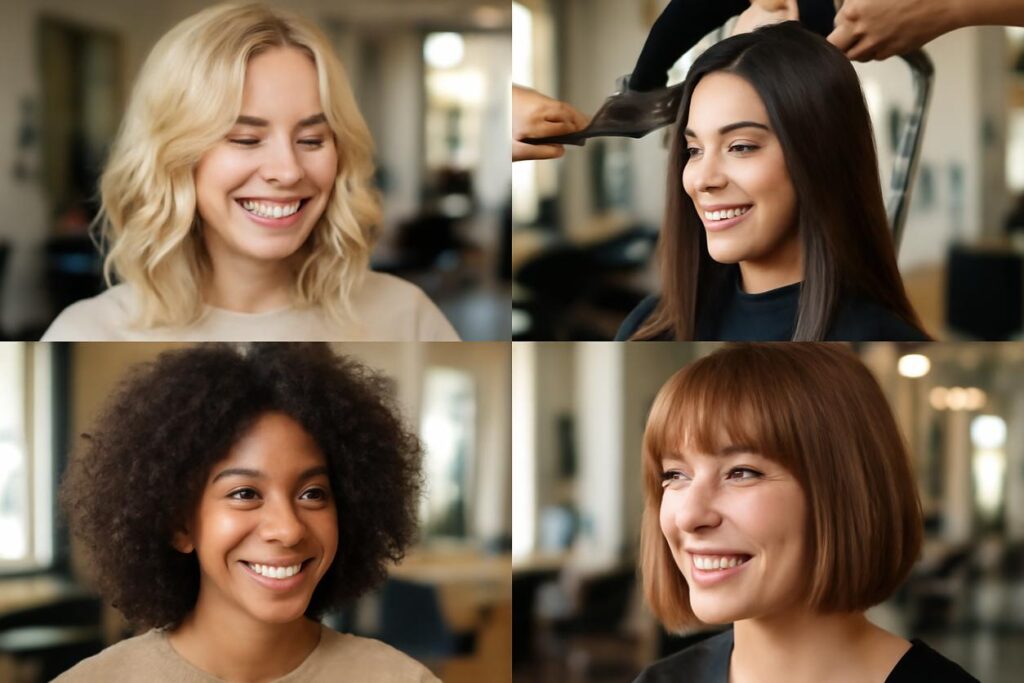Table of Contents
- Understanding Your Curls and Why They Behave That Way
- Building a Moisture First Routine
- Shampoo and Conditioner Strategies That Preserve Natural Oils
- Heat-free Styling Methods for Definition and Volume
- Scalp Health and DIY Treatments from Pantry Ingredients
- Nutrition and Lifestyle Habits That Support Strong Curls
- Ingredients to Seek and Ingredients to Avoid
- Common Mistakes and How to Reverse Them
- Travel and Seasonal Adjustments for Curl Care
- A 5 Minute Morning Routine for Defined Hair
- Suggested Product Test Plan and How to Track Progress
- Further Reading and Research Summaries
Welcome to your go-to guide for embracing and enhancing your natural curls. If you have ever felt like your hair has a mind of its own, you are not alone. Curly hair is structurally unique, which means it requires a different approach to care than straight hair. Forget the frustrating frizz and inconsistent results; this guide is packed with practical, science-backed curly hair tips to help you achieve the healthy, defined curls you have always wanted. We will blend hair science with low-waste, at-home methods perfect for even the busiest schedules in 2025 and beyond.
Understanding Your Curls and Why They Behave That Way
The first step to loving your curls is understanding them. The shape of your hair follicle determines your hair’s shape. Oval follicles produce curly hair, while circular follicles produce straight hair. This curve in the hair shaft makes it harder for natural oils from your scalp (sebum) to travel down the strand, which is why curly hair is naturally prone to dryness. Understanding two key factors, curl type and porosity, is fundamental to building an effective routine.
Curl type, porosity and simple at-home tests
While curl type charts (from 2A waves to 4C coils) can be a helpful visual, your hair’s porosity is often more important for daily care. Porosity determines how well your hair absorbs and retains moisture. Think of it as the gatekeeper for hydration. You can learn more from this hair porosity overview published by the National Center for Biotechnology Information.
- Low Porosity: The hair cuticles are tightly packed. It is difficult for moisture to get in, but once it is in, it stays. This hair type is prone to product buildup because products tend to sit on top of the hair rather than being absorbed.
- Medium Porosity: The cuticles are looser, allowing moisture to penetrate easily and be retained well. This is often considered the ideal porosity, requiring the least amount of maintenance.
- High Porosity: The cuticles have gaps or holes, either from genetics or damage. This hair absorbs moisture very quickly but also loses it just as fast, leading to frizz and dryness.
Simple At-Home Test: Take a clean, product-free strand of hair and place it in a glass of water. After a few minutes, observe its position. If it floats, you likely have low porosity. If it sinks slowly or stays in the middle, you have medium porosity. If it sinks quickly, you have high porosity hair.
Building a Moisture First Routine
Because curls are prone to dryness, moisture should be the foundation of your routine. The goal is to get hydration into the hair shaft and seal it there. This prevents frizz, which is simply a curl reaching out into the air for moisture. Layering products correctly is one of the most effective curly hair tips for achieving this balance.
How to layer products without weighing curls down
The key to layering is to apply products from lightest to heaviest on soaking wet hair. This helps lock in water, which is the ultimate moisturizer.
- Leave-in Conditioner (Lightest): Apply a water-based leave-in conditioner to provide a base layer of moisture and make detangling easier.
- Curl Cream (Medium): Rake a curl cream through your hair to encourage curl clumps and provide soft definition. Creams help condition and control frizz.
- Gel or Mousse (Heaviest): Glaze and scrunch in a gel or mousse to provide hold. This creates a “cast,” a protective shell that holds your curl pattern as it dries. You will gently scrunch this cast out later to reveal soft, defined curls.
Always start with a small amount of product. You can always add more, but it is much harder to remove excess product that is weighing your hair down.
Shampoo and Conditioner Strategies That Preserve Natural Oils
Traditional shampoos containing harsh sulfates can strip curly hair of its much-needed natural oils, leading to a cycle of dryness and frizz. Adopting a gentler cleansing strategy is crucial. Consider these options:
- Co-washing: This involves washing your hair only with a cleansing conditioner. It is an excellent option for very dry or coarse hair types that need maximum moisture.
- Low-poo Cleansing: Using a sulfate-free shampoo (a “low-poo”) offers a gentle cleanse without stripping natural oils. This is a great middle ground for most curl types.
- Clarifying: Regardless of your method, incorporate a clarifying shampoo once or twice a month. This removes product buildup, hard water minerals, and chlorine that can prevent your hair from absorbing moisture effectively.
When conditioning, apply it generously from the mid-lengths to the ends. Use your fingers or a wide-tooth comb to gently detangle while the conditioner is in. This is the safest way to remove knots without causing breakage.
Heat-free Styling Methods for Definition and Volume
Minimizing heat styling is one of the best things you can do for the long-term health of your curls. Heat can damage the hair’s protein structure and increase porosity, making it harder to retain moisture. Fortunately, there are fantastic heat-free methods for achieving beautiful results.
Diffusing alternatives and quick air-dry tricks
- Plopping: After applying your styling products, “plop” your hair into a cotton t-shirt or microfiber towel. Pile your curls on top of your head, then wrap the fabric around it. This technique helps absorb excess water without disrupting your curl pattern and can significantly cut down on drying time while enhancing definition.
- Micro-plopping: Gently cup sections of your hair and scrunch upwards with a microfiber towel. This removes excess water and encourages curl formation without creating frizz like a traditional terrycloth towel would.
- Root Clipping: To combat flat roots while air-drying, place small clips at the roots of your hair, lifting them up and away from your scalp. This encourages volume where you need it most.
Scalp Health and DIY Treatments from Pantry Ingredients
A healthy scalp is the foundation for healthy hair. Regular cleansing and exfoliation prevent clogged follicles, which can hinder hair growth. A simple scalp massage for a few minutes while you wash your hair can boost circulation and promote a healthy growth environment.
For an occasional boost, you can turn to your kitchen pantry. A simple honey and yogurt mask can provide a great balance of moisture and gentle exfoliation. Mix plain yogurt with a tablespoon of honey, apply to your scalp and hair, leave on for 20 minutes, and then rinse thoroughly before cleansing as usual.
Nutrition and Lifestyle Habits That Support Strong Curls
What you put inside your body is just as important as what you put on your hair. Hair is made primarily of protein (keratin), so ensuring you have a balanced diet is a critical but often overlooked curly hair tip. Focus on incorporating:
- Protein: Found in lean meats, fish, eggs, beans, and lentils.
- Iron: Essential for hair growth; found in spinach, red meat, and fortified cereals.
- Omega-3 Fatty Acids: Support a healthy scalp; found in salmon, avocados, and walnuts.
- Vitamins and Minerals: Biotin, zinc, and Vitamin C are all vital for strong, healthy hair.
Staying hydrated by drinking plenty of water and managing stress are also key factors in maintaining healthy hair growth cycles.
Ingredients to Seek and Ingredients to Avoid
Navigating product labels can be intimidating. Here is a simplified guide to help you choose products that will benefit your curls. For more in-depth advice on hair care, the American Academy of Dermatology provides excellent resources.
| Ingredients to Seek | Ingredients to Avoid |
|---|---|
| Humectants: Glycerin, honey, aloe vera (draw moisture from the air into the hair). | Harsh Sulfates: Sodium Lauryl Sulfate (SLS), Sodium Laureth Sulfate (SLES) (strip natural oils). |
| Emollients: Shea butter, mango butter, natural oils (shea, coconut, avocado) (create a barrier to seal in moisture). | Drying Alcohols: Alcohol denat, isopropyl alcohol (can be very drying when high on the ingredients list). |
| Proteins: Hydrolyzed wheat, silk, or soy protein (temporarily fill gaps in the hair cuticle, adding strength). | Non-Water-Soluble Silicones: Dimethicone, amodimethicone (can cause buildup that requires a harsh shampoo to remove). |
Common Mistakes and How to Reverse Them
Sometimes, small habit changes can make the biggest difference. Here are a few common mistakes and simple fixes:
- Mistake: Brushing or combing hair when it is dry. This disrupts your curl pattern and causes major frizz and breakage. Solution: Only ever detangle your hair when it is wet and saturated with conditioner, using your fingers or a wide-tooth comb.
- Mistake: Using a rough terrycloth towel. The rough fibers snag on curls, causing frizz and disrupting their shape. Solution: Switch to a soft cotton t-shirt or a microfiber towel to gently squeeze out excess water.
- Mistake: Applying products to damp or towel-dried hair. Solution: For best results and maximum hydration, apply your styling products to soaking wet hair right out of the shower. This helps lock in the water.
Travel and Seasonal Adjustments for Curl Care
Your curls react to the environment, so your routine may need tweaking depending on the season or your travel destination.
- In High Humidity (Summer): Frizz is a major concern. Use products with strong hold, like a gel, to create a protective cast that blocks out excess environmental moisture. You might need less leave-in conditioner.
- In Dry Air (Winter): Dryness and static are the enemies. Focus on deep conditioning treatments and layering moisturizing products. Sealing your hair with a small amount of oil can help lock in hydration.
- For Travel: Protect your hair by packing a silk or satin pillowcase. This reduces friction and prevents your curls from getting frizzy and tangled overnight.
A 5 Minute Morning Routine for Defined Hair
You do not need to wash and style your hair every day. A quick refresh can revive your curls in minutes.
- Dampen: Lightly spritz your hair with water from a spray bottle. You do not need to saturate it, just dampen it enough to make it pliable.
- Smooth and Scrunch: Use your palms to smooth over any frizzy areas. Then, gently scrunch your hair upwards towards the scalp to reactivate your curl pattern and product from the day before.
- Spot Treat: If needed, apply a very small amount of watered-down gel or cream to any particularly unruly sections or to tame flyaways.
- Hands Off: Let your hair air-dry for a few minutes without touching it. This quick routine can bring your curls back to life and get you out the door.
Suggested Product Test Plan and How to Track Progress
Finding the right products is a process of experimentation. To avoid confusion and wasted money, adopt a methodical approach. When trying something new, introduce only one new product at a time. Use it for at least two to three weeks to give your hair time to adjust and to see how it performs in different situations. Keep a simple log in a notebook or on your phone. Note the product, how you used it, and the results (e.g., “Day 1: defined but a little crunchy,” “Day 3: soft, but frizz appeared by afternoon”). This is the best way to identify what truly works for you.
Further Reading and Research Summaries
The science of hair care is a fascinating and evolving field. Understanding the basic structure of the hair shaft and cuticle can empower you to make better choices for your specific needs. For those interested in the scientific literature, resources like PubMed host a vast library of peer-reviewed studies on dermatology and trichology (the study of hair and scalp). Searching for terms like “hair shaft structure” or “hair cuticle damage” can provide a deeper understanding of the principles behind these curly hair tips. Your journey to great curls is personal, and arming yourself with knowledge is the most powerful tool you have.






